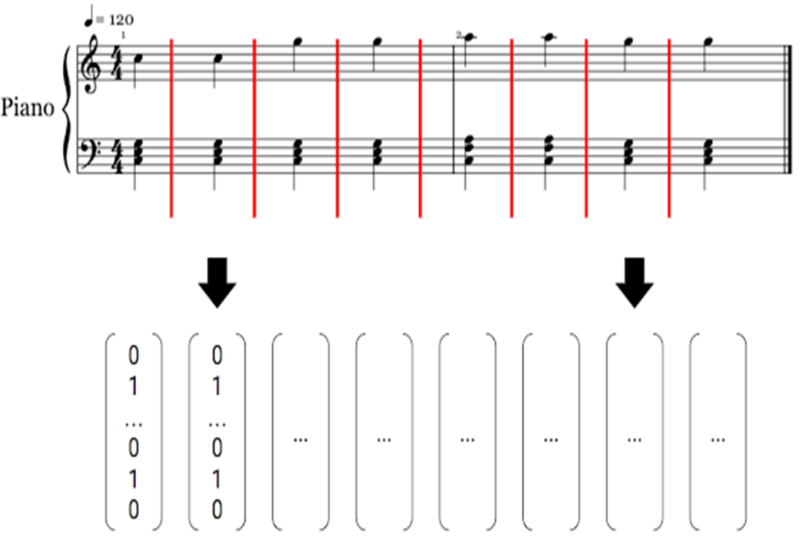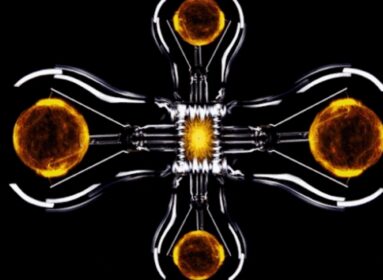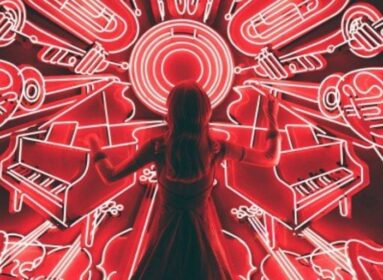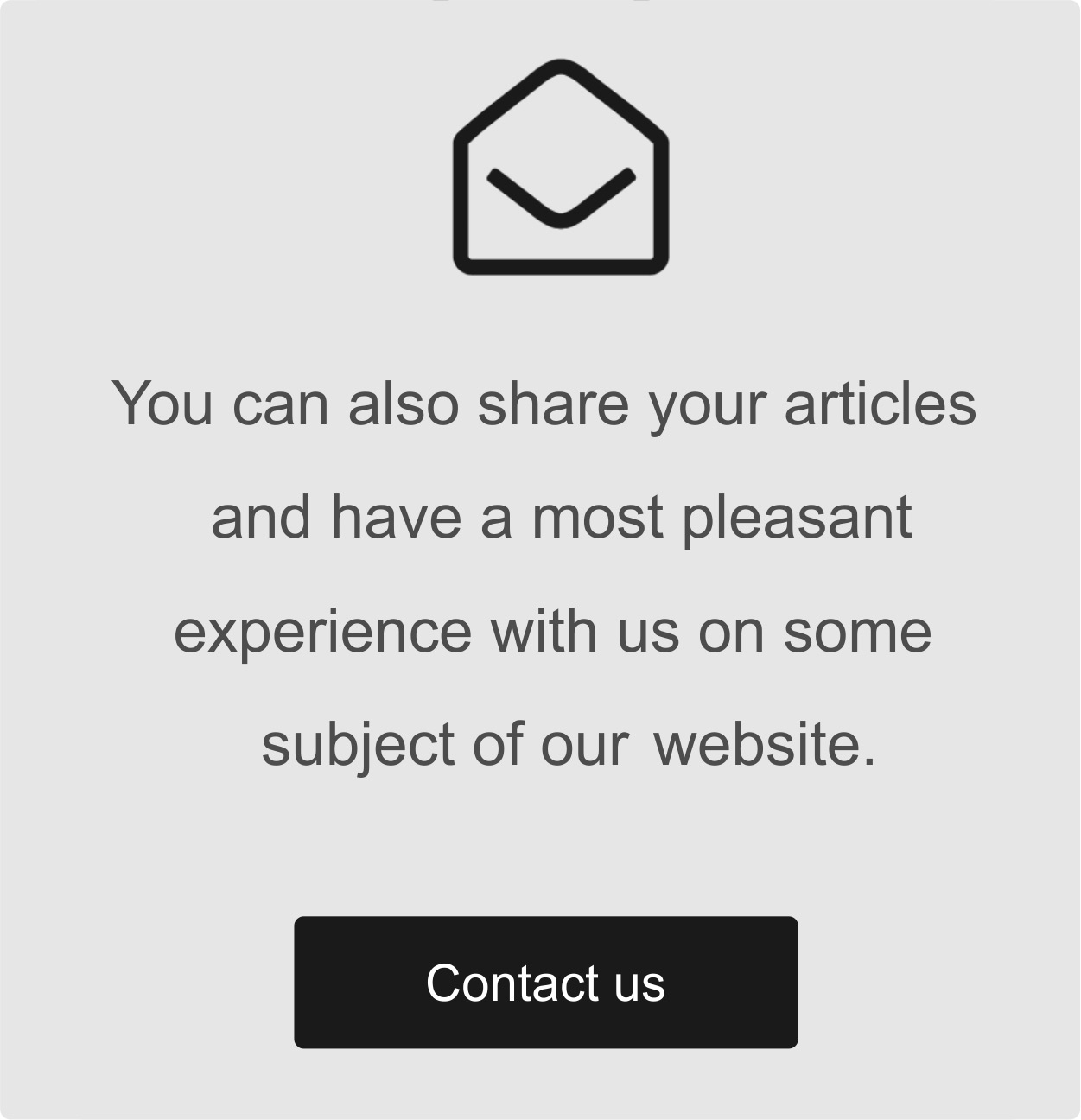
For several years…

“For several years, researchers have used the term ‘network orchestration’ as a metaphor,” the authors write. “In this paper, we make the metaphor reality; we describe a novel approach to
network orchestration that leverages sounds to augment or replace various network management operations.” Esposito was interested in exploring whether a simpler network management approach could
solve common problems. Ideally, Esposito says, an out-of-band management network — a type of network management that is separate from the data that flows across the network — should be reliable, able to reach all devices in a datacenter, compatible with existing equipment, simple and inexpensive.
Music-defined networking is a model in which network functions can be programmed in response to specific sound sequences (music), coming from real or virtual devices. The researchers explored both active applications, where network devices were programmed to emit a certain sound, and passive applications, where sounds produced by devices e.g., datacenter fans, are monitored to identify when they may have failed.
Using low-cost speakers, microphones and Raspberry Pi’s (small affordable computers designed for users to learn programming), the team augmented existing network components with sound capabilities
Unlike light
sound is not high speed but instead travels slowly. So, rather than looking at sound as a means of sending lots of data around a network, we’re looking at it for the network management tasks that happen, for example, in the physical space of the datacenter,” Esposito said.
In both a real and virtual network test environment, the researchers explored how music could be used for several network tasks, including datacenter server fan failure detection, authentication, load balancing and congestion notification.
“Nobody’s incorporating the capabilities of the human ear into network management,” Esposito said. “Sound has its limits — it’s noisy and doesn’t travel very far — but it’s almost completely underused right now. In addition to the human ear, machines can recognize a tune that serves as a signal.”
For instance



































































Comments are closed.